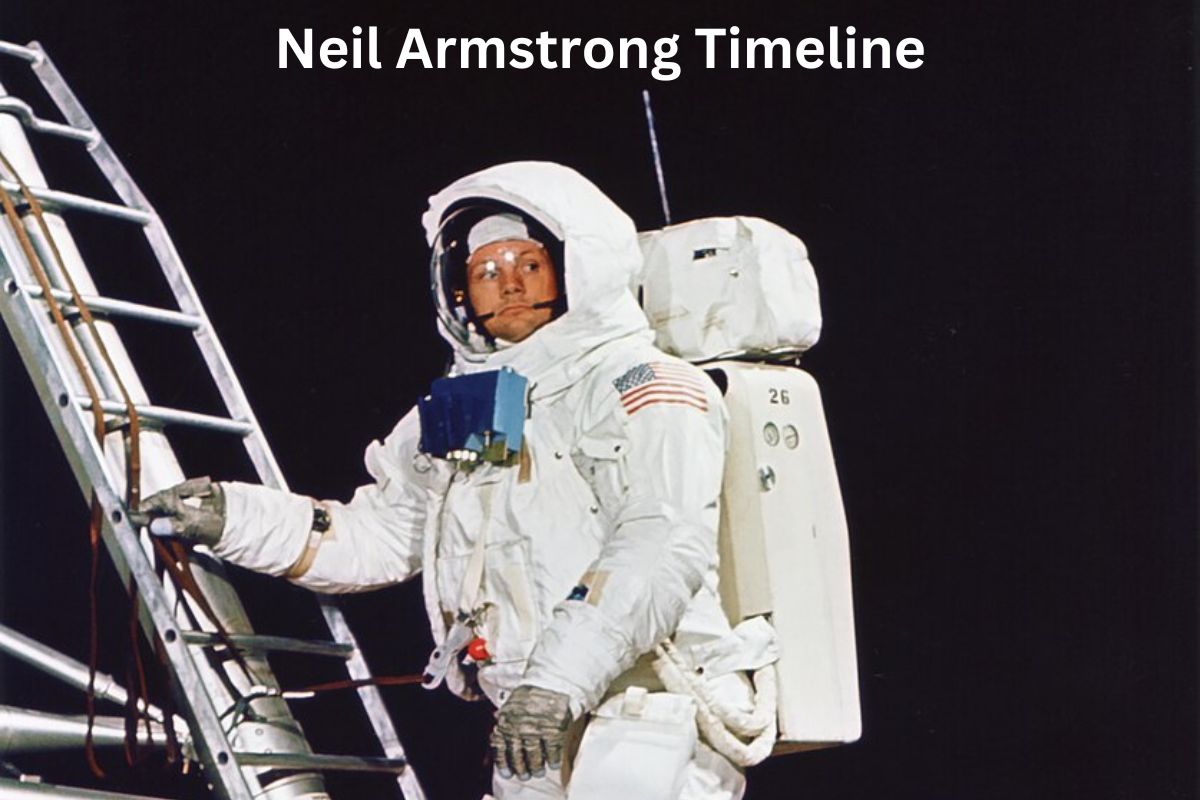Neil Armstrong, born in 1930 in Wapakoneta, Ohio, was a legendary astronaut and the first person to set foot on the moon.
His remarkable journey from aeronautical engineer to naval aviator, and finally to NASA astronaut, culminated in the historic Apollo 11 mission in 1969.
There, Armstrong uttered his famous words, “That’s one small step for man, one giant leap for mankind,” as he stepped onto the lunar surface.
Beyond his moonwalk, Armstrong’s life was marked by contributions to space exploration, education, and safety advocacy. This brief overview sets the stage for a closer look at his extraordinary life and legacy.
| Year | Event |
|---|---|
| 1930 | Neil Alden Armstrong is born in Wapakoneta, Ohio, USA. |
| 1947-1955 | Armstrong attends Purdue University and earns a Bachelor of Science |
| degree in aeronautical engineering. | |
| 1955-1962 | Neil Armstrong serves as a naval aviator and pilot, flying missions |
| during the Korean War and later as a test pilot at Edwards Air Force | |
| Base in California. | |
| 1962 | Armstrong is selected as an astronaut by NASA as part of the second |
| group of astronauts, known as the “New Nine.” | |
| 1966 | Neil Armstrong’s first spaceflight as the command pilot of the Gemini |
| VIII mission, which successfully docks with an unmanned Agena target | |
| vehicle. | |
| 1969 | Armstrong, along with Buzz Aldrin and Michael Collins, launches into |
| space aboard Apollo 11 on a mission to land on the moon. | |
| 1969 | Armstrong becomes the first person to set foot on the moon and says |
| the famous words, “That’s one small step for man, one giant leap for | |
| mankind.” | |
| 1969 | Apollo 11 safely returns to Earth, splashing down in the Pacific Ocean. |
| 1970 | Neil Armstrong leaves NASA and becomes a professor of aerospace |
| engineering at the University of Cincinnati. | |
| 1979-1994 | Armstrong serves as a member of the Rogers Commission, which |
| investigates the Space Shuttle Challenger disaster. | |
| 1986 | Armstrong is inducted into the International Space Hall of Fame. |
| 1994 | Neil Armstrong’s authorized biography, “First Man: The Life of Neil |
| A. Armstrong” by James R. Hansen, is published. | |
| 2005 | Armstrong testifies before Congress about the future of human space |
| exploration. | |
| 2012 | Neil Armstrong passes away at the age of 82 due to complications from |
| heart surgery. |
Timeline of Neil Armstrong
1930: Neil Alden Armstrong is born in Wapakoneta, Ohio, USA
Neil Alden Armstrong was born on August 5, 1930, in the small town of Wapakoneta, Ohio. He was the eldest of three children born to Stephen Koenig Armstrong and Viola Louise Engel.
From a young age, Armstrong showed a keen interest in aviation and space, which would later shape his career.
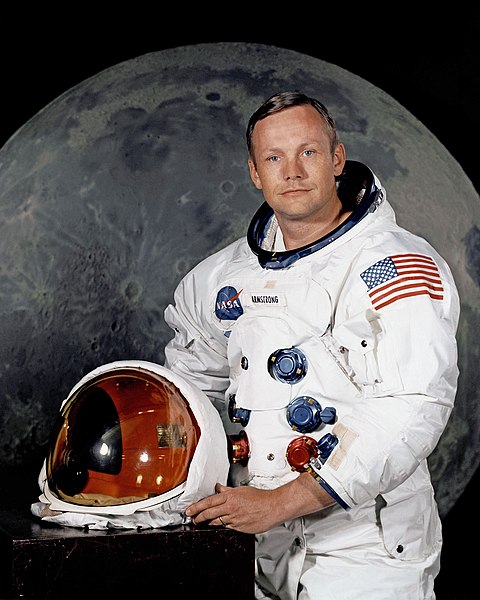
1947-1955: Armstrong attends Purdue University and earns a Bachelor of Science degree in aeronautical engineering
After completing his primary and secondary education, Armstrong pursued higher studies at Purdue University. He enrolled in the university’s School of Aeronautics and Astronautics, where he studied aeronautical engineering.
Also Read: Facts About Neil Armstrong
During his time at Purdue, he excelled academically and developed a strong foundation in engineering and aviation principles, which would prove invaluable in his future endeavors.
1955-1962: Neil Armstrong serves as a naval aviator and pilot, flying missions during the Korean War and later as a test pilot at Edwards Air Force Base in California
Following his graduation from Purdue in 1955, Armstrong joined the United States Navy. He underwent flight training and became a naval aviator, flying various aircraft, including fighter jets.
His military service included combat missions during the Korean War, where he demonstrated exceptional piloting skills and received several medals and commendations.
Also Read: Accomplishments of Neil Armstrong
After his naval service, Armstrong pursued a career in experimental flight research. He became a test pilot at NASA’s Flight Research Center, which is now known as Edwards Air Force Base.
In this role, he was involved in testing and evaluating cutting-edge aircraft, including the X-15 rocket plane, which reached altitudes near the edge of space.
1962: Armstrong is selected as an astronaut by NASA as part of the second group of astronauts, known as the “New Nine”
In September 1962, Neil Armstrong was among the nine astronauts selected by NASA for its second astronaut group, often referred to as the “New Nine.”
This group of astronauts was chosen to support NASA’s evolving space exploration goals, including the Gemini and Apollo programs.
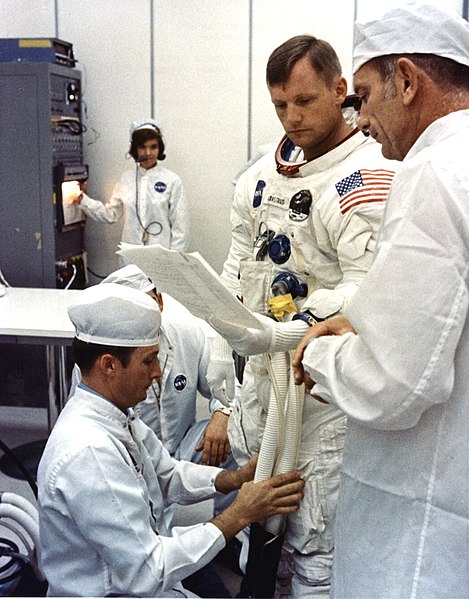
1966: Neil Armstrong’s first spaceflight as the command pilot of the Gemini VIII mission, which successfully docks with an unmanned Agena target vehicle
On March 16, 1966, Neil Armstrong made his debut in space as the command pilot of the Gemini VIII mission, NASA’s sixth crewed Gemini flight. The mission’s primary objective was to perform the first-ever docking of two spacecraft in orbit.
Armstrong and his fellow astronaut, David Scott, successfully docked their Gemini spacecraft with an unmanned Agena target vehicle.
However, the mission encountered a critical issue when a thruster malfunctioned, causing the Gemini spacecraft to spin uncontrollably. Armstrong’s quick thinking and exceptional piloting skills helped to stabilize the spacecraft and bring it back to Earth safely.
This successful resolution of a potentially life-threatening situation highlighted Armstrong’s composure under pressure and earned him praise within the astronaut corps.
1969: Armstrong, along with Buzz Aldrin and Michael Collins, launches into space aboard Apollo 11 on a mission to land on the moon
On July 16, 1969, Neil Armstrong, along with fellow astronauts Buzz Aldrin and Michael Collins, embarked on the historic Apollo 11 mission. Their mission’s goal was to make a lunar landing and explore the surface of the moon.
Armstrong served as the mission commander, with Aldrin as the lunar module pilot, and Collins as the command module pilot. After a journey of approximately 240,000 miles, the spacecraft entered lunar orbit. Armstrong and Aldrin descended to the lunar surface in the Lunar Module, while Collins remained in orbit around the moon.
This historic moment marked the first human presence on the moon and remains one of the most significant achievements in the history of space exploration.
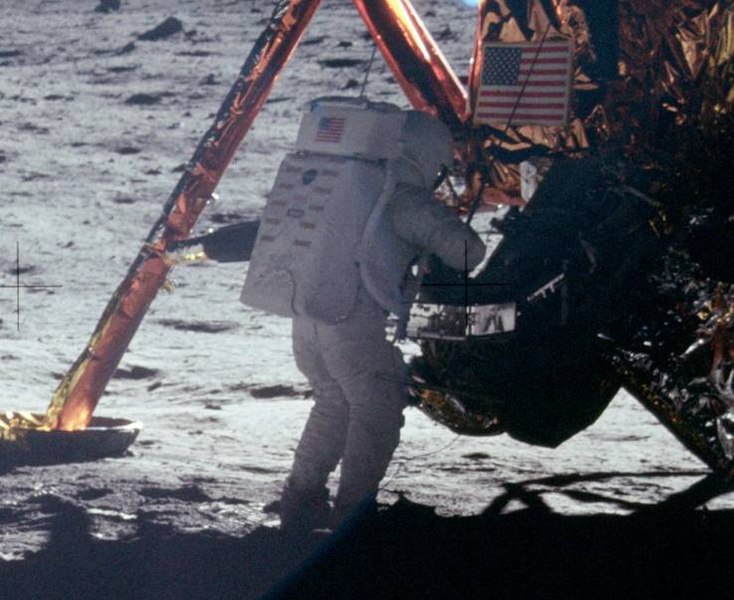
1969: Armstrong becomes the first person to set foot on the moon and says the famous words, “That’s one small step for man, one giant leap for mankind”
This mission culminated in Neil Armstrong’s iconic first step onto the lunar surface on July 20, 1969. As he stepped out of the Lunar Module, he famously declared, “That’s one small step for man, one giant leap for mankind.”
1969: Apollo 11 safely returns to Earth, splashing down in the Pacific Ocean
After their historic moonwalk and lunar activities on July 20, 1969, Neil Armstrong, Buzz Aldrin, and Michael Collins began their journey back to Earth. The Apollo 11 Command Module, piloted by Michael Collins, re-entered Earth’s atmosphere on July 24, 1969.
The spacecraft successfully landed in the Pacific Ocean, specifically in the North Pacific Ocean, where it splashed down safely. The recovery team, including the USS Hornet aircraft carrier, quickly retrieved the astronauts and their spacecraft.
The safe return of Apollo 11 marked the successful completion of the mission and the end of their historic journey to the moon.
1970: Neil Armstrong leaves NASA and becomes a professor of aerospace engineering at the University of Cincinnati
Following his remarkable achievements as an astronaut, including his historic moonwalk, Neil Armstrong decided to leave NASA in 1970. He retired from active duty as an astronaut but continued to contribute to the field of aerospace.
Armstrong accepted a teaching position as a professor of aerospace engineering at the University of Cincinnati, where he shared his knowledge and experience with future generations of engineers and aviation enthusiasts. His role as an educator allowed him to inspire and mentor students interested in space exploration and engineering.
1979-1994: Armstrong serves as a member of the Rogers Commission, which investigates the Space Shuttle Challenger disaster
Neil Armstrong’s expertise and dedication to space exploration led him to serve on the Rogers Commission, officially known as the Presidential Commission on the Space Shuttle Challenger Accident.
This commission was established to investigate the tragic Space Shuttle Challenger disaster that occurred on January 28, 1986, when the Challenger shuttle broke apart shortly after liftoff.
Armstrong’s role on the commission involved contributing his insights into the space program and helping to determine the causes of the Challenger accident. The commission’s findings and recommendations played a significant role in improving the safety of the Space Shuttle program.
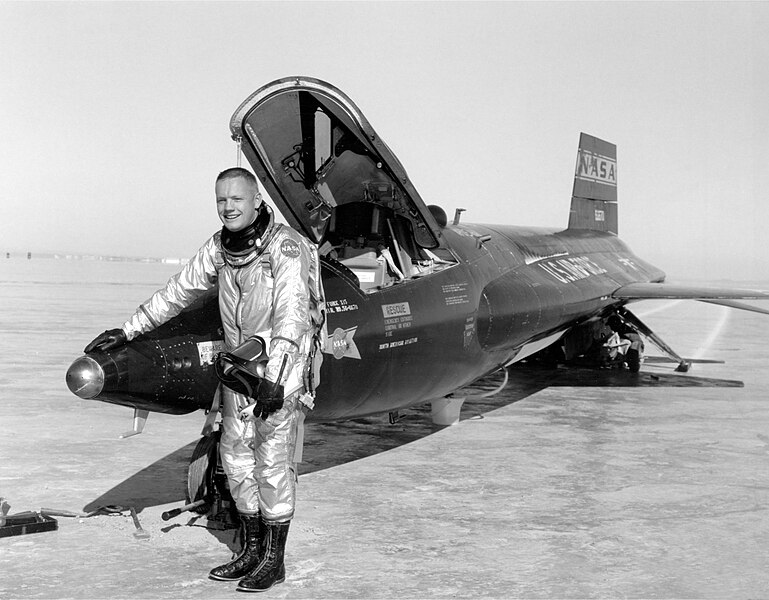
1986: Armstrong is inducted into the International Space Hall of Fame
In recognition of his outstanding contributions to space exploration and his historic moonwalk, Neil Armstrong was honored with induction into the International Space Hall of Fame in 1986. This prestigious honor celebrated his role as a pioneer in space exploration and his significant impact on the field.
1994: Neil Armstrong’s authorized biography, “First Man: The Life of Neil A. Armstrong” by James R. Hansen, is published
In 1994, Neil Armstrong’s authorized biography, titled “First Man: The Life of Neil A. Armstrong,” authored by James R. Hansen, was published.
This comprehensive biography provided a detailed account of Armstrong’s life, including his upbringing, education, military service, and his historic journey to become the first person to walk on the moon.
The book delved into Armstrong’s personal experiences, his thoughts and reflections on space exploration, and the challenges he faced throughout his career. “First Man” offered readers a rare glimpse into the life of this iconic astronaut and the broader context of the space race during the mid-20th century.
2005: Armstrong testifies before Congress about the future of human space exploration
In 2005, Neil Armstrong was invited to testify before the United States Congress about the future of human space exploration. His testimony drew on his extensive experience and expertise in space exploration and engineering.
During his testimony, Armstrong shared his insights on the direction of NASA’s space programs and the importance of continued investment in space exploration.
He emphasized the need for a clear vision and long-term goals in order to maintain the United States’ leadership in space exploration and to ensure the safe and successful execution of future missions.
2012: Neil Armstrong passes away at the age of 82 due to complications from heart surgery
On August 25, 2012, the world mourned the loss of Neil Armstrong. At the age of 82, he passed away due to complications resulting from heart surgery. Armstrong’s death marked the end of an era and a profound loss for the space exploration community and humanity as a whole.
Armstrong’s passing led to an outpouring of tributes and remembrances from around the world, as people celebrated his historic achievement as the first person to walk on the moon and his contributions to the field of aerospace engineering. He will forever be remembered as a symbol of courage, exploration, and human achievement.
